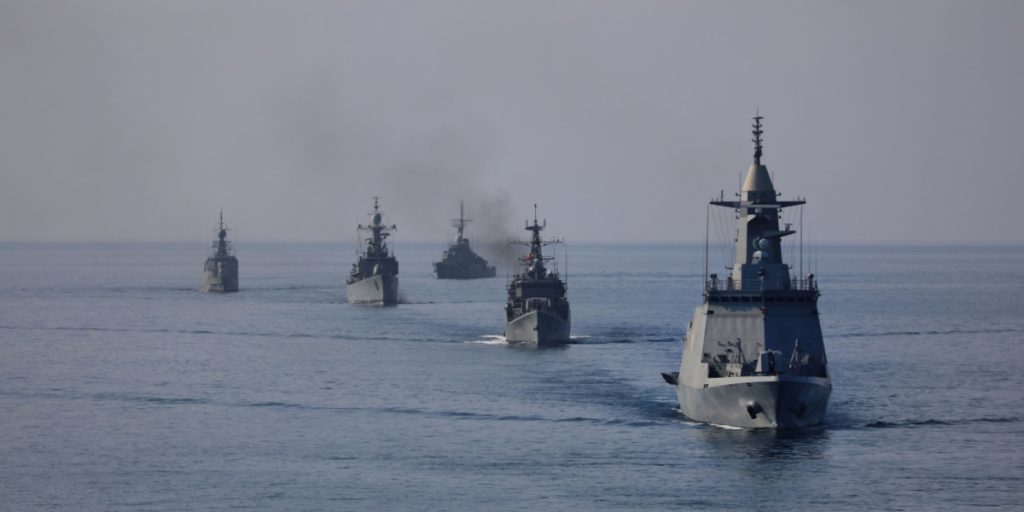NATO responds to increasing damage to underwater cables in the Baltic Sea.
Others are reading now
NATO will begin operations to protect critical underwater infrastructure in the Baltic Sea by January 13, responding to a rise in incidents of damage to cables and pipelines, Yle reports.
Approximately 10 ships will be deployed for this mission.
In the Gulf of Finland, patrols will primarily involve forces from Finland and Estonia, while ships from other NATO countries will monitor energy and communication cables elsewhere in the Baltic Sea.
The operation is expected to last until April.
Also read
Triggering Incident and Investigation
NATO’s decision to increase its presence followed a request from Finland and Estonia in late December after another incident of damaged underwater infrastructure.
On December 25, the Estlink 2 power cable and three communication cables between Finland and Estonia were severed.
Finnish authorities detained the Eagle S tanker, which was in the area at the time. The tanker, flagged under the Cook Islands, had left Ust-Luga in Russia’s Leningrad Region and was en route to Port Said in Egypt.
While passing over Estlink 2, the vessel suddenly slowed, coinciding with the cable’s failure.
A subsequent investigation revealed a broken anchor chain on board the tanker, which was redirected to the Finnish port of Kilpilahti in Porvoo. Eight crew members, citizens of Georgia and India, are suspected of vandalism and aggravated interference with communications.
They are prohibited from leaving Finland. The anchor itself was recovered on January 7.
According to Lloyd’s List, a British shipping industry magazine, the Eagle S is part of Russia’s “shadow fleet,” allegedly used to bypass sanctions on Russian oil. The publication also claimed the vessel may have been equipped with surveillance tools to monitor NATO naval and air activity.
Ongoing Repairs and Heightened Security
Repairs to two damaged communication cables between Finland and Estonia have been completed, while work on the Estlink 2 power cable—capable of transmitting 658 MW—will take several months.
Incidents of damage to Baltic Sea infrastructure have become more frequent in recent months. In November, submarine cables between Lithuania and Sweden and between Finland and Germany were damaged. In early December, a fiber-optic cable connecting Finland and Sweden was found broken near Helsinki.
Authorities in affected countries suspect sabotage, with some pointing to Russia as the likely culprit.
In September, the United States warned of increased Russian military activity near key underwater cables in the Baltic Sea. American officials claimed Russia’s Defense Ministry was preparing a unit to sabotage NATO’s critical communications infrastructure.
On January 6, members of the Joint Expeditionary Force (JEF) defense cooperation announced plans to enhance monitoring of shipping near critical infrastructure using artificial intelligence.

